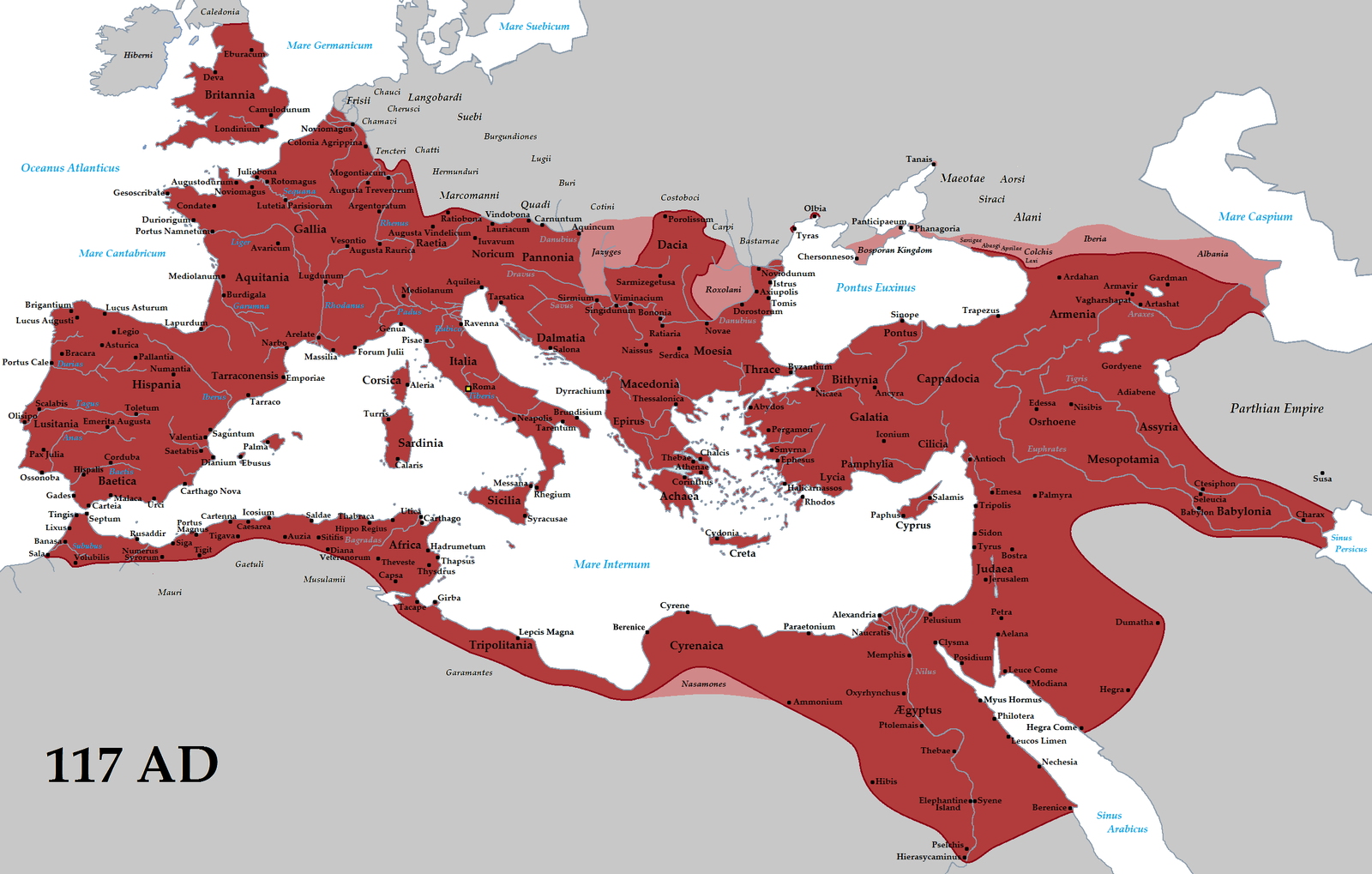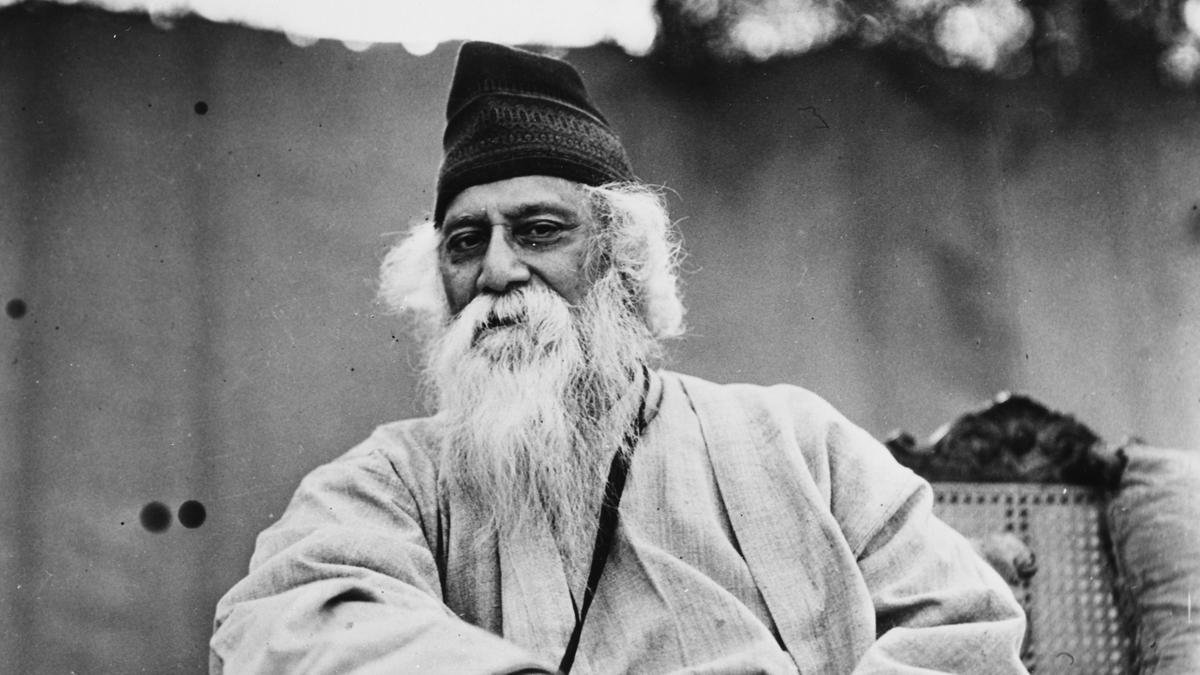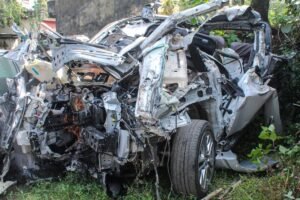The Scepture Empire of Governance: How India is ‘Making’ a Righteous ‘Empire’ in the 21st Century

CHENNAI, Tamil Nadu – In the evolving narrative of modern India, the Scepture Empire – most notably embodied by the revered Sengol in the new Parliament building – has transcended its physical form to become a potent symbol of governance. It represents a profound aspiration: to actively “make” an “Empire” not of conquest, but of righteousness, justice, and prosperity for its vast populace. As of mid-2025, India navigates complex global dynamics and rapid domestic transformation, the discussions surrounding the Sengol underscore a conscious effort to imbue contemporary governance with ancient Indian ethical principles.
The Sengol’s Resurgence A News Flash from the Past
The re-installation of the Sengol in the Lok Sabha chamber in May 2023 was more than just a ceremonial act; it was a powerful statement about India’s unique civilisational identity and its vision for leadership. This ornate, gold-plated silver Scepture Empire, presented to Jawaharlal Nehru on the eve of India’s independence, had for decades lay largely forgotten. Its rediscovery and prominent placement have ignited a nationwide conversation, thrusting into the spotlight the Chola tradition of “Sengol Vazhipadu,” where the transfer of the sceptre symbolized the handing over of a just and righteous rule.
The word “Sengol” itself, derived from the Tamil “semmai,” meaning rectitude or justice, encapsulates the essence of this historical legacy. The Nandi (bull) atop the Scepture Empire, representing unwavering justice, serves as a constant visual reminder of the responsibilities vested in those who govern. In a democratic republic, this monarchical symbol has been recontextualized to signify the people’s sovereignty and the ethical mandate given to their elected representatives. News cycles in 2023 were replete with debates on its historical accuracy and symbolic interpretation, reflecting a nation grappling with its past and future. Even in June 2025, the Sengol remains a topic of political discourse, with some opposition figures continuing to question its place in a secular Parliament, while the government emphasizes its role as a cultural and historical link to India’s identity and a symbol of righteous power transfer.
‘Making’ the Righteous ‘Scepture Empire’ Governance in Action
The notion of a Sceptre Empire in modern India is not about territorial expansion, but about expanding the realm of good governance, equitable development, and ethical leadership. It is about “making” a nation where the principles symbolized by the Sengol – justice, fairness, and welfare – are actively implemented. This process is evident in several key areas of current Indian policy and discourse:
1. Ethical Leadership and Accountability Ongoing discussions in political circles and public forums continually emphasize the need for ethical conduct in public life. The Sengol serves as a metaphorical mirror, reflecting the expectation that leaders, regardless of their political affiliation, adhere to a high moral standard. News reports frequently highlight calls for transparency, anti-corruption measures, and robust accountability mechanisms for elected officials and bureaucracy. The very debates surrounding the Sengol’s presence in Parliament, and the various interpretations offered by different political factions, demonstrate a vibrant democratic process where the symbols of power themselves are subjected to scrutiny, implicitly holding leaders to account for the values they profess.
2. Inclusive Growth and Social Justice A core tenet of ancient Indian righteous governance (Dharmarajya) was the welfare of all subjects. Today, “making” a righteous empire means ensuring that economic growth is inclusive, reaching the last mile. The Ministry of Social Justice and Empowerment, with a budget allocation of ₹13,611 crore in the Union Budget 2025-26, is driving numerous initiatives. Programs like the Pradhan Mantri Anusuchit Jaati Abhyuday Yojana (PM-AJAY) aim to uplift Scheduled Caste communities through skill development and infrastructure. The Purple Fests, organized by the Department of Empowerment of Persons with Disabilities (DEPwD), are fostering inclusivity for Divyangjan. The NAMASTE scheme is crucial for providing sustainable livelihoods to sanitation workers, while SMILE aims to rehabilitate transgender individuals and persons engaged in begging, striving for a “Bhiksha Vritti Mukt Bharat” (Begging-free India). These initiatives directly reflect the commitment to a society where prosperity and dignity are shared. India also hosted its first Regional Social Justice Dialogue in February 2025, aligning with global efforts for social justice.
3. Digital Transformation for Seamless Governance India’s rapid strides in digital transformation are central to “making” modern governance efficient and accessible. The Ministry of Electronics and Information Technology (MeitY) is spearheading efforts to build a $1 trillion digital economy by 2025-26. Initiatives like the BharatNet project are connecting gram panchayats with high-speed broadband, while platforms like UMANG and DigiLocker continue to streamline access to over 1,700 government services and digitize billions of documents. The increased budget allocation for AI and digital transformation in 2025-26 highlights a significant leap towards integrating cutting-edge technologies into governance, from healthcare diagnostics to citizen grievance redressal via AI-driven chatbots. The upcoming 16th Census, to be conducted in two phases with reference dates of October 1, 2026, and March 1, 2027, will be India’s first digital census, leveraging smartphones and pre-loaded menus for efficiency and comprehensive caste data collection.
4. Environmental Stewardship and Sustainable Development A modern Sceptre Empire must extend its righteous concern to the environment. India is actively demonstrating leadership in this area. At the World Sustainable Development Summit 2025, the Union Minister for Environment, Forest and Climate Change highlighted India’s commitment, noting a 7.93% reduction in GHG emissions in 2020. India’s long-term vision includes becoming a Viksit Bharat (developed nation) by 2047 and achieving net-zero emissions by 2070. Companies like NALCO are being recognized for their environmental stewardship and sustainable mining practices, signaling a broader industry shift. The rise of “green MSMEs” is also a significant trend, with increased adoption of solar energy and energy-efficient machinery driven by government support and the long-term economic benefits. These efforts reflect a growing understanding that responsible governance extends to planetary well-being.
Debates and the Democratic Process of ‘Making’
The journey of “making” this righteous Scepture Empire is not without its challenges and debates. The Sengol itself remains a subject of political contention, with some opposition voices maintaining that the Constitution should be the sole symbol in Parliament. These ongoing debates are an inherent part of a vibrant democracy, compelling a deeper examination of national symbols, historical narratives, and the very ideals that define the nation. They ensure that the “making” of this modern Sceptre Empire is a collective endeavor, shaped by diverse voices and perspectives.
In conclusion, the Scepture Empire, particularly the Sengol in the Indian context, transcends its physical form to represent a powerful ideology: the enduring aspiration for a righteous and just “empire.” This is not an empire built on conquest, but on the principles of dharma, equity, and service to humanity. As India charts its course in the 21st century, the Sengol stands as a silent sentinel, urging its leaders to wield their authority with wisdom, integrity, and an unwavering commitment to the welfare of every citizen, thereby truly establishing a Sceptre Empire of justice and prosperity.









